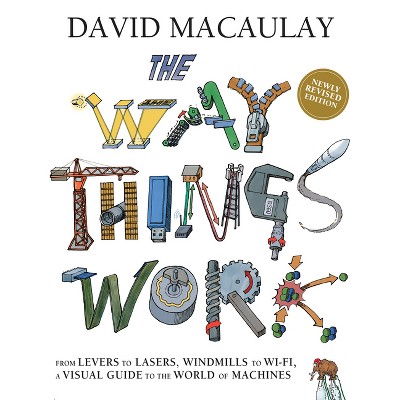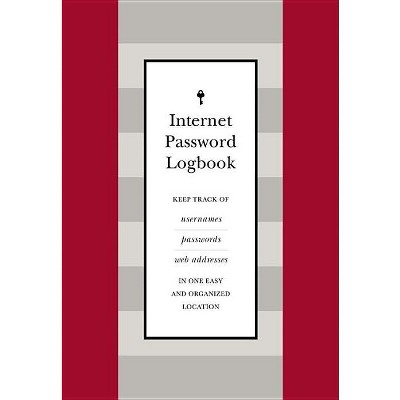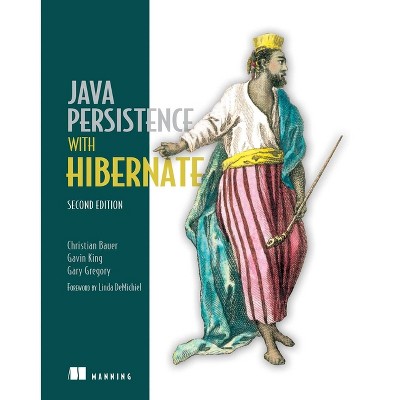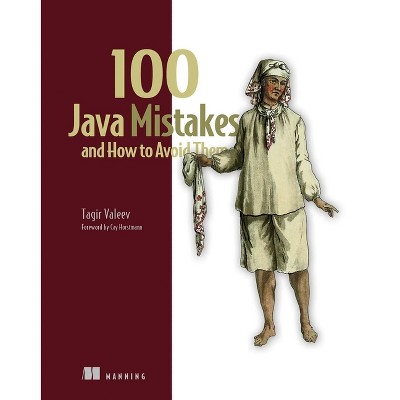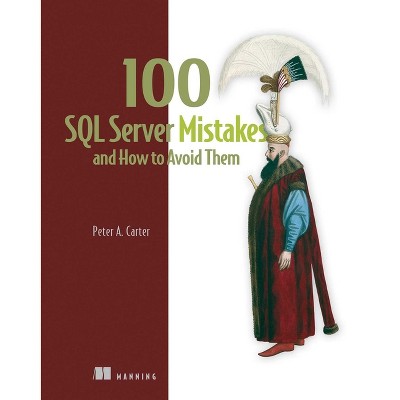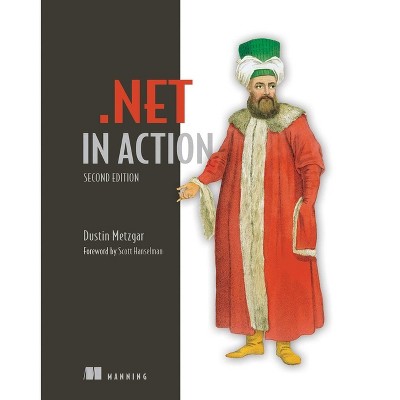About this item
Highlights
- Effectively reading and understanding existing code is a developer's superpower.
- About the Author: Laurențiu Spilcă is a skilled Java and Spring developer and an experienced technology instructor.
- 328 Pages
- Computers + Internet, Programming Languages
Description
About the Book
Fact: Over the course of your career, you'll spend far more time reading code than you will writing it. The code investigation skills in this book will radically improve your efficiency in understanding and improving Java applications. "Troubleshooting Java: read, debug, and optimize JVM applications" presents practical techniques for exploring and repairing unfamiliar code. In it, you'll learn timesaving practices for discovering hidden dependencies, discovering the root causes of crashes, and interpreting unexpected results. Go beyond profiling and debugging and start understanding how Java applications really work.Book Synopsis
Effectively reading and understanding existing code is a developer's superpower. In this book, you'll master techniques for code profiling, advanced debugging, and log evaluation to find and fix bugs and performance problems. In Troubleshooting Java: Read, debug, and optimize JVM applications you will learn how to: Determine what code does the first time you see itExpose code logic problems
Evaluate heap dumps to find memory leaks
Monitor CPU consumption to optimize execution
Use thread dumps to find and solve deadlocks
Easily follow a service-oriented or microservices system
Properly use logging to better understand Java app execution
Use Java debuggers efficiently Searching for bugs, detangling messy legacy code, or evaluating your codebase for new features sucks up much of a developer's time. Troubleshooting Java: Read, debug, and optimize JVM applications teaches code investigation techniques that will help you efficiently understand how Java apps work, how to optimize them, and how to fix the bugs that break them. You'll go from the basics of debugging to advanced methods for locating problems in microservices architectures, and save yourself hours--or even days--of time. Each new technique is explained with lively illustrations and engaging real-world examples. Purchase of the print book includes a free eBook in PDF, Kindle, and ePub formats from Manning Publications. About the technology
Fact: Over the course of your career, you'll spend far more time reading code than you will writing it. The code investigation skills in this book will radically improve your efficiency in understanding and improving Java applications. About the book
Troubleshooting Java: Read, debug, and optimize JVM applications presents practical techniques for exploring and repairing unfamiliar code. In it, you'll learn timesaving practices for discovering hidden dependencies, discovering the root causes of crashes, and interpreting unexpected results. Go beyond profiling and debugging and start understanding how Java applications really work. What's inside Determine what code does the first time you see it
Evaluate heap dumps to find memory leaks
Monitor CPU consumption to optimize execution
Use thread dumps to find and solve deadlocks
Uncover glitches in code logic
Locate intermittent runtime problems About the reader
For intermediate Java developers. About the author
Laurentiu Spilca is a skilled Java and Spring developer and an experienced technology instructor. He is the author of Spring Start Here and Spring Security in Action. Table of Contents
PART 1 - THE BASICS OF INVESTIGATING A CODEBASE
1 Revealing an app's obscurities
2 Understanding your app's logic through debugging techniques
3 Finding problem root causes using advanced debugging techniques
4 Debugging apps remotely
5 Making the most of logs: Auditing an app's behavior
PART 2 - DEEP ANALYSIS OF AN APP'S EXECUTION
6 Identifying resource consumption problems using profiling techniques
7 Finding hidden issues using profiling techniques
8 Using advanced visualization tools for profiled data
9 Investigating locks in multithreaded architectures
10 Investigating deadlocks with thread dumps
11 Finding memory-related issues in an app's execution
PART 3 - FINDING PROBLEMS IN LARGE SYSTEMS
12 Investigating apps' behaviors in large systems
From the Back Cover
How To Read Java: Understanding, debugging, and optimizing JVM applications teaches you how to better understand Java application code. It's filled with code investigation techniques for tricky issues like uncovering glitches in code logic or locating intermittent runtime problems. Armed with these tools and practices you'll save time whenever you need to identify performance issues, understand dependencies, discover the root cause of crashes, or interpret unexpected results. Whether you're a senior software engineer or you're just getting started, this invaluable guide will help you in the fundamental task of understanding how your applications work.
For intermediate Java developers.
Review Quotes
"I have never seen a book on debugging as thorough as this book. Knowing more about the techniques listed in this book will make development more efficient for any developer." Becky Huett "This is a MUST-read book for any developer who is serious about debugging apps or software in general." Jean-Baptiste Bang Nteme "Vital in filling in a gap for the practicing programmer." Atul Shriniwas Khot
About the Author
Laurențiu Spilcă is a skilled Java and Spring developer and an experienced technology instructor. He is the author of Manning's Spring Start Here and Spring Security in Action .

